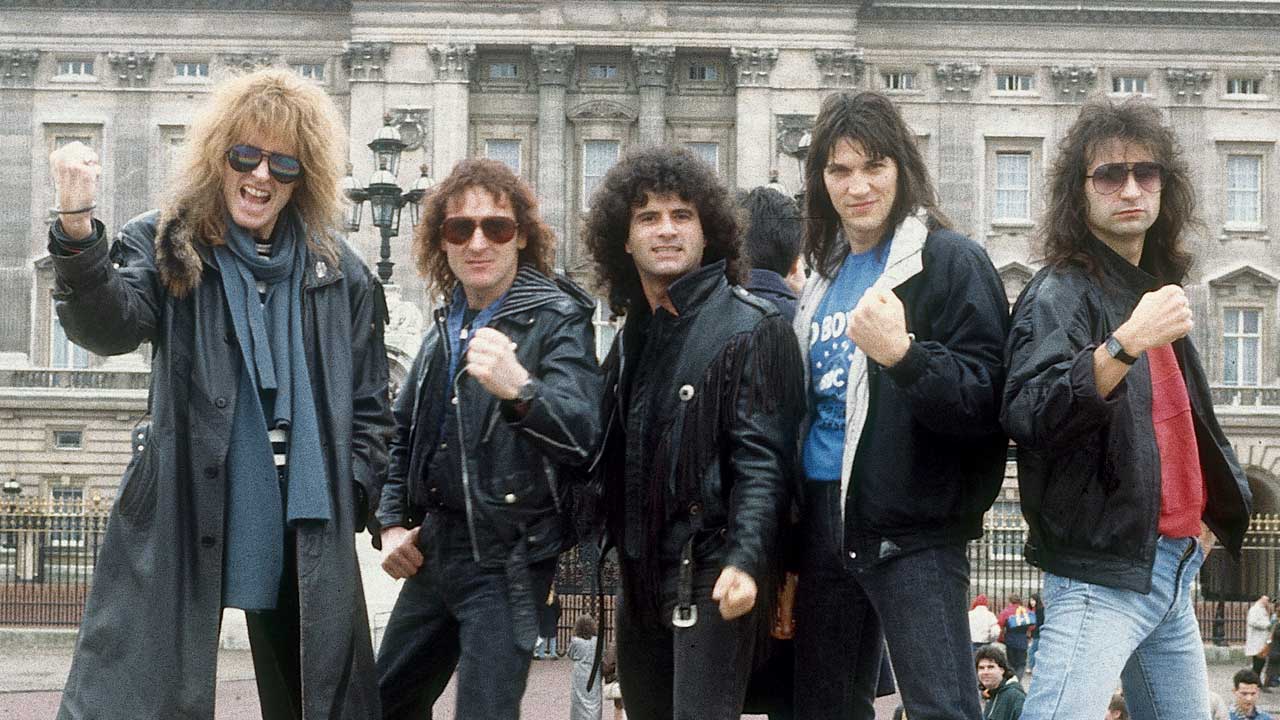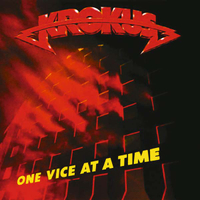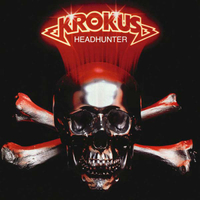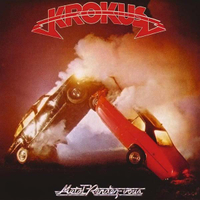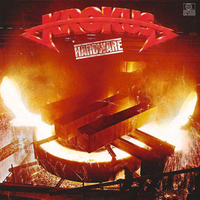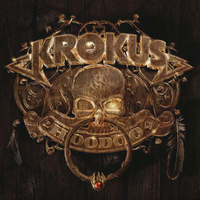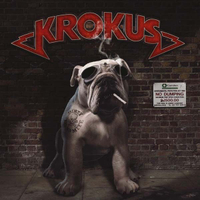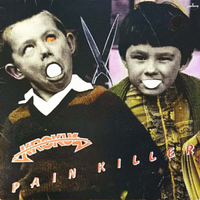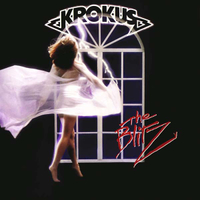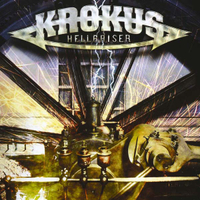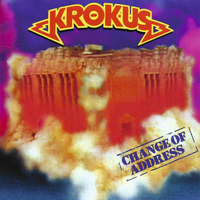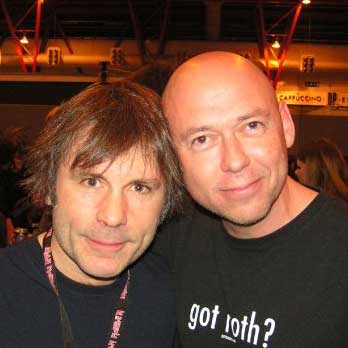After most 50 years of rocking, Krokus are not going quietly or without a little mischief. In September 2018 the Swiss heavy metal band announced their ‘Adios Amigos’ tour, calling time on a career that began in 1975 and also aiming a sly dig at Europe’s most successful rock act, Scorpions. The Krokus statement read: “Unlike other bands on their eternal ‘farewell tour’, we will keep our word and pull the plug at the end of 2019.”
It was a provocative comment, but not entirely out of character for a band whose rise to international fame in the early 80s came with a degree of controversy. Krokus were accused of ripping off AC/DC on albums such as 1980’s Metal Rendez-vous and 1982’s One Vice At A Time, on which singer Marc Storace belted it out like Bon Scott.
Then, with 1983’s Headhunter, they were accused of ripping off Judas Priest. There was also a farcical feud with Def Leppard when Krokus opened for them on a US tour. As Leppard singer Joe Elliott recalled: “Marc Storace was nicking everything I said on stage, so when I said it the next night it was second-hand. The guy was a complete knob-head!”
But no matter, At their peak, on those 80s albums, Krokus kicked ass. And as they continue to tour – the Adios Amigo tour now promises to continue in 2024, despite Storace's promise to pull the plug in 2019 – the band still features four members of the classic 80s line-up – Storace, bassist Chris Von Rohr, and guitarists Fernando Von Arb and Mark Kohler.
It was Von Rohr who formed Krokus in the small town of Solothurn back in ’75. They started out playing progressive rock, with Von Rohr as multi-instrumentalist and lead singer. The arrival of Malteseborn Storace in 1979 transformed the band, with Metal Rendez-vous the breakthrough that led to worldwide sales of 15 million albums.
There have been numerous line-up changes across the years – astonishingly, Von Rohr was ousted from his own band in 1983. And there were many lean years in the 90s and early 2000s. But in recent times, with Von Rohr reinstated, Krokus have rallied again.
For Storace there is always the thought of what might have been. He claims he was twice approached by AC/DC, first in 1980, before Brian Johnson got the gig, and second in 2016, when Axl Rose stepped in. But Storace has had a good run with Krokus. And as Von Arb says: “Every party has to end eventually.”

...and one to avoid
You can trust Louder Our experienced team has worked for some of the biggest brands in music. From testing headphones to reviewing albums, our experts aim to create reviews you can trust. Find out more about how we review.
